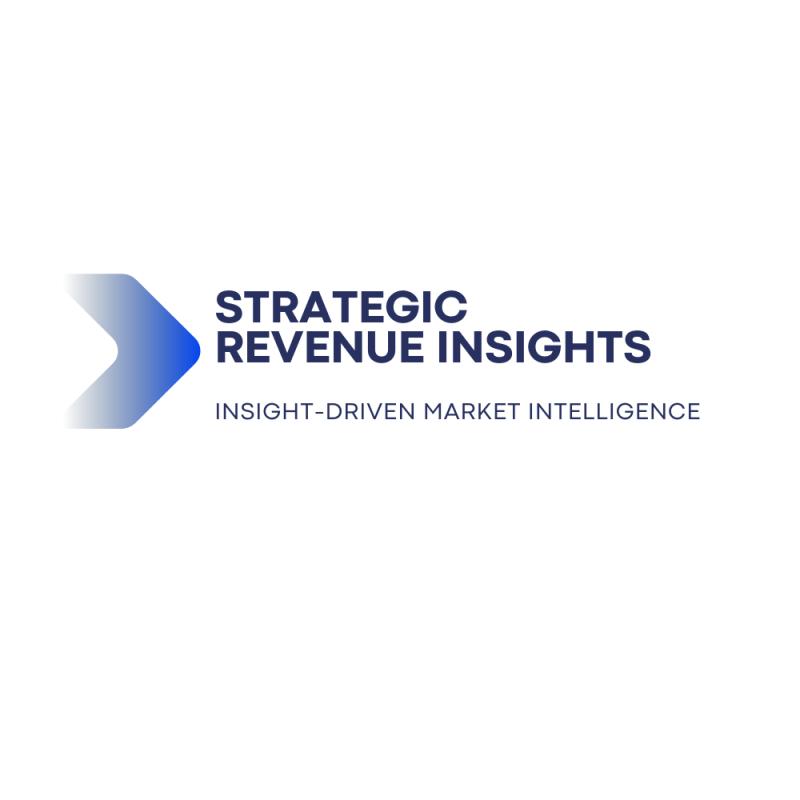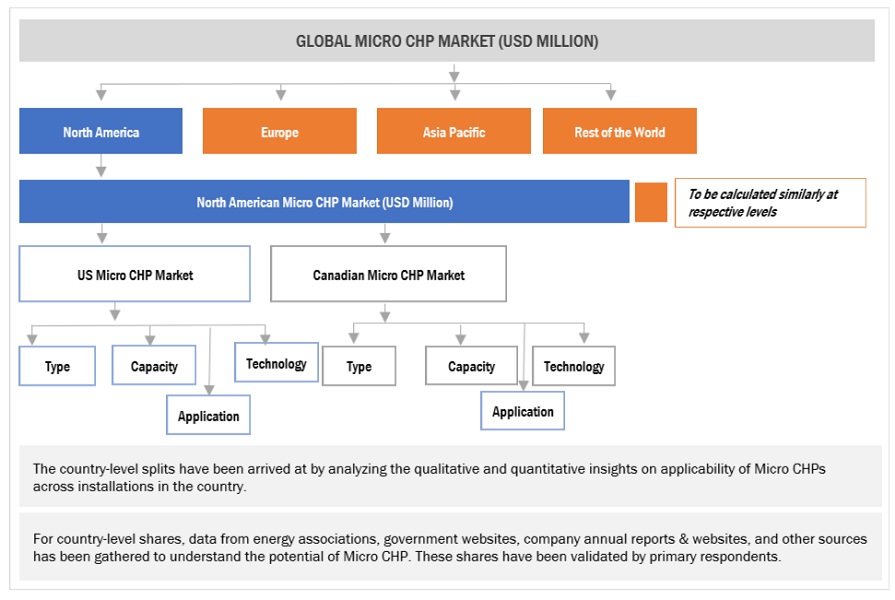Digital Waste Management Solution Market Size and Forecast (2025–2034)
The global digital waste management solution market was valued at USD 3.36 billion in 2024 and is projected to grow to approximately USD 10.12 billion by 2034, exhibiting a compound annual growth rate (CAGR) of 13.04% from 2025 to 2034. This growth aligns with Sustainable Development Goals (SDGs) such as SDG 11 (Sustainable Cities and Communities), SDG 12 (Responsible Consumption and Production), and SDG 13 (Climate Action), by enhancing efficiency, reducing environmental impact, conserving resources, and improving public health through data-driven waste management solutions.
Key Market Takeaways
- The market revenue was USD 2.97 billion in 2024 and is forecasted to reach USD 10.12 billion by 2034.
- North America held the largest market share of 38% in 2024, reflecting advanced digital infrastructure and regulatory frameworks supporting SDG 9 (Industry, Innovation, and Infrastructure).
- Asia Pacific is anticipated to exhibit the fastest growth rate, driven by rapid urbanization and sustainability initiatives.
- Hardware components dominated the market in 2024, while software and services are expected to grow fastest, enabling smarter waste management aligned with SDG 9 and SDG 12.
- Recyclable waste types held the highest market share, supporting circular economy principles under SDG 12.
- Commercial establishments contributed the major application segment, with smart cities expected to grow rapidly, promoting SDG 11.
Artificial Intelligence Transforming Digital Waste Management
Artificial Intelligence (AI) integration revolutionizes digital waste management by improving waste classification, sorting, and collection through machine learning and IoT sensors. These technologies enhance recycling rates, reduce pollution, and foster circular economy models, directly supporting SDG 9, SDG 11, and SDG 13. AI-driven solutions enable energy-efficient strategies and smarter resource utilization, advancing sustainable urban development.
U.S. Market Size and Growth (2025–2034)
The U.S. digital waste management market was valued at USD 790.02 million in 2024 and is projected to reach USD 2,746.82 million by 2034, with a CAGR of 13.27%. This growth is propelled by government initiatives promoting sustainable waste management and recycling technologies, contributing to SDG 12 and SDG 13.
North America’s Market Dominance
North America’s leadership is attributed to technological advancements, mature digital ecosystems, and substantial investments in digital infrastructure, including cloud computing and high-speed internet. Government policies and incentives encourage sustainable waste management practices and precious metal recovery from digital waste, supporting SDG 9 and SDG 12.
Asia Pacific: The Fastest-Growing Market
Asia Pacific’s rapid urbanization and increasing waste generation necessitate efficient digital waste management solutions. Governments enforce stricter regulations, and companies adopt AI-driven technologies such as smart trash bins to improve waste sorting and recycling. These efforts align with SDG 11, SDG 12, and SDG 13, promoting sustainable urban growth and environmental protection.
Market Overview
The market expansion is driven by heightened public awareness and social impact initiatives focusing on digital waste processing and handling. Community outreach and education programs promote safe recycling practices, contributing to SDG 3 (Good Health and Well-being) and SDG 4 (Quality Education). Digital solutions include:
- Software: Route optimization, waste fee systems, real-time tracking, and data analytics.
- Hardware: Smart bin sensors, RFID chips, access control, and IoT-enabled devices.
Global environmental regulations further stimulate adoption, advancing SDG 12 and SDG 13.
Growth Drivers of the Digital Waste Management Market
- Smart City Initiatives: Integration of waste management systems within smart cities enhances urban sustainability and resource efficiency, supporting SDG 11.
- Sustainability Goals: Technology-enabled waste management reduces landfill dependency and promotes circular economy practices, aligning with SDG 12 and SDG 13.
- Increasing Awareness: Educational programs and community outreach raise awareness on digital waste recycling, fostering responsible consumption behaviors consistent with SDG 4 and SDG 12.
Market Scope
| Report Coverage | Details |
|---|---|
| Market Size by 2034 | USD 10.12 Billion |
| Market Size in 2025 | USD 3.36 Billion |
| Market Size in 2024 | USD 2.97 Billion |
| Growth Rate (2025–2034) | CAGR of 13.04% |
| Dominating Region | North America |
| Fastest Growing Region | Asia Pacific |
| Base Year | 2024 |
| Forecast Period | 2025 to 2034 |
| Segments Covered | Component, Waste Type, Application, Region |
| Regions Covered | North America, Europe, Asia Pacific, Latin America, Middle East & Africa |
Market Dynamics
Regulatory Frameworks
Government regulations such as the EU’s WEEE Directive, the U.S. Resource Conservation and Recovery Act (RCRA), and the Basel Convention enforce sustainable electronic waste management practices. These policies mandate environmentally compliant collection, recycling, and disposal processes, driving innovation and investment in digital waste management technologies. Compliance with these regulations supports SDG 12 and SDG 15 (Life on Land) by preventing environmental contamination and promoting resource conservation.
Restraints: Technological Challenges
The rapid evolution of electronic devices outpaces current collection and recycling infrastructure capabilities, limiting market growth. Integration of digital solutions requires overcoming technological complexity and improving digital literacy, especially in developing regions, which is essential to achieving SDG 9 and SDG 10 (Reduced Inequalities).
Opportunities: Emerging Technological Innovations
Innovations such as automated sorting, robotic disassembly, blockchain-based tracking, and modular electronics design enhance e-waste processing efficiency and transparency. Development of biodegradable electronic components aligns with green manufacturing principles, supporting SDG 9, SDG 12, and SDG 13 by reducing waste volumes and environmental impact.
Component Insights
Hardware Segment Dominance
The hardware segment led the market in 2024 due to the demand for advanced equipment to efficiently process and recycle electronic waste. This supports resource conservation and environmental protection, contributing to SDG 12 and SDG 15.
Software and Services Growth
Software and services are expected to grow fastest by streamlining waste collection, improving operational efficiency, reducing costs, and ensuring regulatory compliance. These digital solutions facilitate better waste tracking and management, promoting SDG 9 and SDG 12.
Waste Type Insights
Recyclable Segment Leadership
Recyclable waste dominated the market in 2024 by preventing environmental contamination and promoting cleaner air and water, thereby enhancing community health (SDG 3). Recycling fosters resource efficiency and innovation, supporting sustainable economic growth under SDG 8 (Decent Work and Economic Growth).
Growth of Non-Recyclable Segment
The non-recyclable segment is the fastest growing due to the hazardous nature of untreated digital waste, which contains neurotoxic substances harmful to ecosystems and human health. Addressing this challenge aligns with SDG 3 and SDG 15.
Application Insights
Commercial Establishments as Market Leaders
Commercial establishments lead due to corporate sustainability initiatives aimed at reducing pollution, conserving energy, and protecting worker safety. These efforts support SDG 8 and SDG 12 by promoting responsible production and consumption.
Smart Cities Segment Growth
Smart cities are expected to grow rapidly by integrating sensor-based waste monitoring systems that optimize collection and recycling processes. This reduces environmental risks and supports sustainable urban development under SDG 11 and SDG 13.
Recent Market Developments
- October 2024: TOMRA acquired 80% shares in c-trace GmbH, enhancing digital waste management capabilities through combined software and hardware solutions.
- January 2025: MKS PAMP GROUP and Karo Sambhav formed a strategic partnership to advance e-waste recycling and precious metal recovery in India, promoting circular economy principles.
- April 2024: EARTHDAY.ORG and Kabadiwalla Connect launched a waste clean-up partnership focusing on battery and e-waste segregation and recycling, contributing to SDG 12 and SDG 15.
Leading Companies in the Digital Waste Management Solution Market
- Schneider Electric (France)
- Rubicon Technologies, Inc. (U.S.)
- Veolia (France)
- c-trace GmbH (Germany)
- AMCS Group (Ireland)
- Waste Harmonics (U.S.)
- ISB Global (U.K.)
- SENSONEO (Slovakia)
- Big Belly Solar, LLC. (U.S.)
- Evreka (Turkey)
Market Segments Covered
By Component
- Hardware
- Software and Services
By Waste Type
- Recyclable
- Non-recyclable
- Hazardous
By Application
- Smart Cities
- Commercial Establishments
- Private Organizations
By Region
- North America
- Europe
- Asia Pacific
- Middle East & Africa
- Latin America
1. Sustainable Development Goals (SDGs) Addressed or Connected
- SDG 11: Sustainable Cities and Communities
- Addressed through the development of smart cities and smart waste management systems that improve urban environmental conditions.
- SDG 12: Responsible Consumption and Production
- Promoted by enhancing recycling, reducing waste, and supporting circular economy principles.
- SDG 13: Climate Action
- Supported by reducing greenhouse gas emissions through efficient waste management and lowering pollution.
- SDG 3: Good Health and Well-being
- Improved by reducing environmental contamination and toxic exposure from improper digital waste disposal.
- SDG 9: Industry, Innovation and Infrastructure
- Encouraged by technological innovations such as AI, IoT, and blockchain in waste management solutions.
- SDG 17: Partnerships for the Goals
- Reflected in strategic partnerships and collaborations for advancing e-waste recycling and management.
2. Specific Targets Under Those SDGs Identified
- SDG 11 – Target 11.6
- Reduce the adverse per capita environmental impact of cities, including by paying special attention to air quality and waste management.
- SDG 12 – Target 12.5
- Substantially reduce waste generation through prevention, reduction, recycling, and reuse.
- SDG 13 – Target 13.2
- Integrate climate change measures into national policies, strategies, and planning, including reducing emissions from waste.
- SDG 3 – Target 3.9
- Reduce the number of deaths and illnesses from hazardous chemicals and air, water, and soil pollution and contamination.
- SDG 9 – Target 9.5
- Enhance scientific research, upgrade technological capabilities, and encourage innovation in waste management technologies.
- SDG 17 – Target 17.16
- Enhance the global partnership for sustainable development, including multi-stakeholder partnerships in waste management.
3. Indicators Mentioned or Implied to Measure Progress
- Indicator for SDG 11.6
- Proportion of urban solid waste regularly collected and with adequate final discharge out of total urban solid waste generated.
- Indicator for SDG 12.5
- National recycling rate, tons of material recycled.
- Reduction in volume of waste sent to landfills.
- Indicator for SDG 13.2
- Greenhouse gas emissions reduction from waste management activities.
- Indicator for SDG 3.9
- Incidence of diseases related to hazardous waste exposure.
- Levels of toxic substances (e.g., mercury, lead) in the environment.
- Indicator for SDG 9.5
- Number of technological innovations and patents in digital waste management.
- Adoption rate of AI, IoT, and blockchain technologies in waste management.
- Indicator for SDG 17.16
- Number and impact of partnerships and collaborations for sustainable waste management.
4. Table of SDGs, Targets, and Indicators
| SDGs | Targets | Indicators |
|---|---|---|
| SDG 11: Sustainable Cities and Communities | Target 11.6: Reduce adverse environmental impact of cities including waste management | Proportion of urban solid waste regularly collected and adequately disposed |
| SDG 12: Responsible Consumption and Production | Target 12.5: Substantially reduce waste generation through prevention, reduction, recycling, and reuse | National recycling rate; volume of waste sent to landfills |
| SDG 13: Climate Action | Target 13.2: Integrate climate change measures including waste emission reductions | Greenhouse gas emissions reduction from waste management |
| SDG 3: Good Health and Well-being | Target 3.9: Reduce illnesses and deaths from hazardous chemicals and pollution | Incidence of diseases from hazardous waste; environmental toxin levels |
| SDG 9: Industry, Innovation and Infrastructure | Target 9.5: Enhance technological capabilities and innovation in waste management | Number of innovations and patents; adoption rate of AI, IoT, blockchain in waste management |
| SDG 17: Partnerships for the Goals | Target 17.16: Enhance global partnerships for sustainable development | Number and impact of partnerships in sustainable waste management |
Source: precedenceresearch.com







